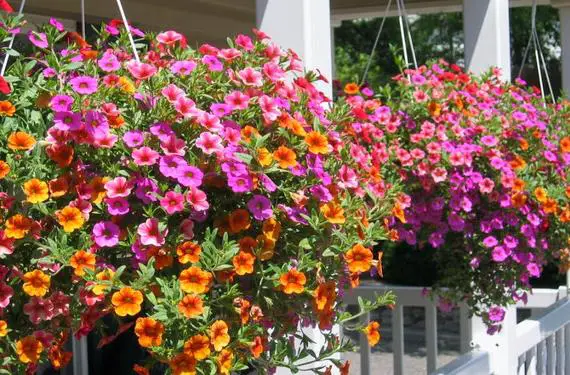
They say that in ancient times there was no one who stepped on Babylon without ceasing to be amazed hanging Gardens. Although today only its ruins remain of this city, it is still possible to recreate it in smaller dimensions.
Quickly adaptable and ideal for both the interior and exterior of the home, the hanging plants They can turn your garden, terrace or balcony into a replica of that city.
As the name implies, these specimens are never planted on solid ground, for this reason the pot where they are placed, regardless of the material, must be of the right size and have good drainage.
Before placing the plant, it is advisable to cover the pot with sphagnum moss and cover it with a perforated black plastic. Regarding the substrate, particular attention must be paid to its choice, since the ease with which the plants settle will depend on its quality.
In general, these types of plants involve the same care as the others. However, some tips should be taken into account such as: periodically trim the leaves that wilt; turn the plant if it grows lopsided; water regularly, even more so in summer trying not to drown it, and place it in the sun without exposing it directly.
The aforementioned precautions will make these plants grow strong and survive longer, allowing us to enjoy a green and colorful space.
Advice when choosing them? Try to avoid stiff-stemmed plants that tend to grow tall, such as roses. Choose instead those with flexible stems that can fall and cover the edge of the hanging pot.
Some of the most recommended species to build a hanging garden are the Sufurnia or petunia sufurniathe Flower of wax or the two-color Ribbons. Anyway, you can consult other options in your nursery and choose the specimens according to your personal tastes.
More information – Grow hanging plants
Photo – anusk-anuska blogspot
